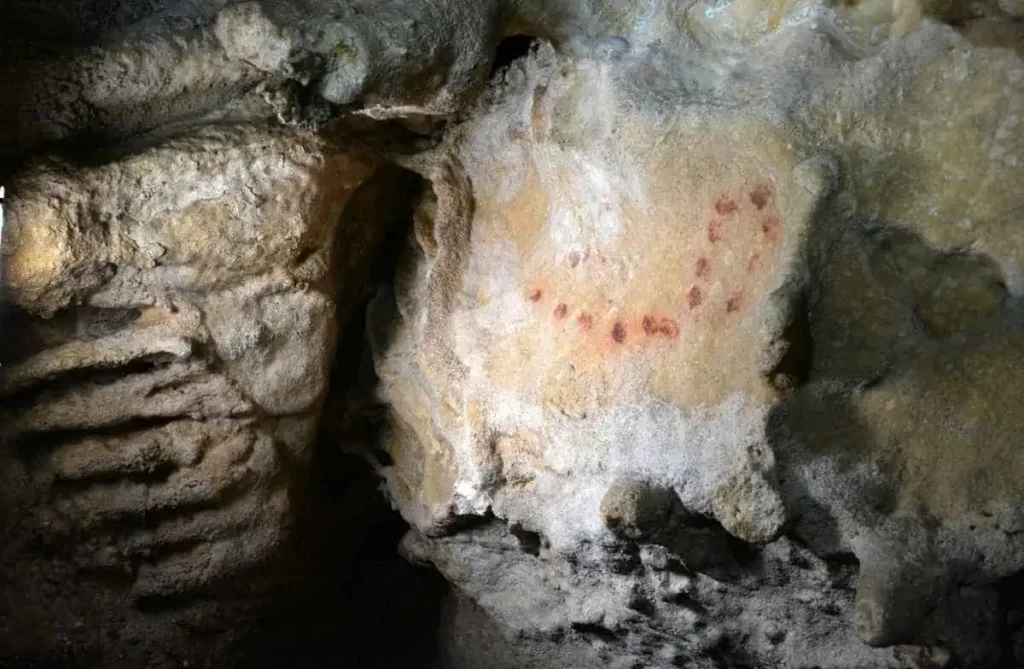Some 20,000 years ago, at the period of the last glacial maximum, when sea levels were more than one hundred meters lower than they are now, Europe was completely covered in massive ice sheets. Cave-dwelling people lived in rock shelters and caves to protect themselves from the bitter cold in western Europe. At one site near Granada in Spain, scientists discovered bones that contain the oldest human genome yet discovered in the area.
This 23,000-year-old genome from Cueva del Malalmuerzo is the oldest human genome discovered in the Andalusian area and one of the oldest ever reported. The Max Planck Institute for Evolutionary Anthropology researchers linked these DNA remnants to those of a 35,000-year-old Belgium individual discovered in 2016.
Despite being isolated from North Africa by a dozen kilometers across the Strait of Gibraltar, researchers discovered no link to lineages present in modern-day Morocco.
According to the reports of Cosmos, while small amounts of genetic material are frequently extracted from human remains, a genome represents the entirety of an organism’s DNA, similar to discovering a box of pre-assembled building blocks as opposed to loose plastic bricks.



In order to be stored for such a long time, genetic material needs to meet very precise requirements. Conditions that are hot and dry, such as those found on the surface of areas in southern Spain and northern Africa, are not ideal, but that is not the case for caves.
Thankfully, the DNA was intact in these digs, allowing the specimen to be traced back to a specific group of humans that populated the Iberian Peninsula at the conclusion of the last Ice Age.
“With Malalmuerzo, we managed to find the right place and the right time period to trace a Palaeolithic human group back to one of the proposed Ice Age refugia. It is remarkable to find such a long-lasting genetic legacy on the Iberian Peninsula, especially since this pre-Ice Age ancestry had long since disappeared in other parts of Europe,” says researcher Wolfgang Haak.
The oldest known human genome comes from a female skull identified from a 45,000 year old skull that was discovered in Czechia.
Cover photo: Photo of a human tooth found. Credit: Pedro Cantalejo
